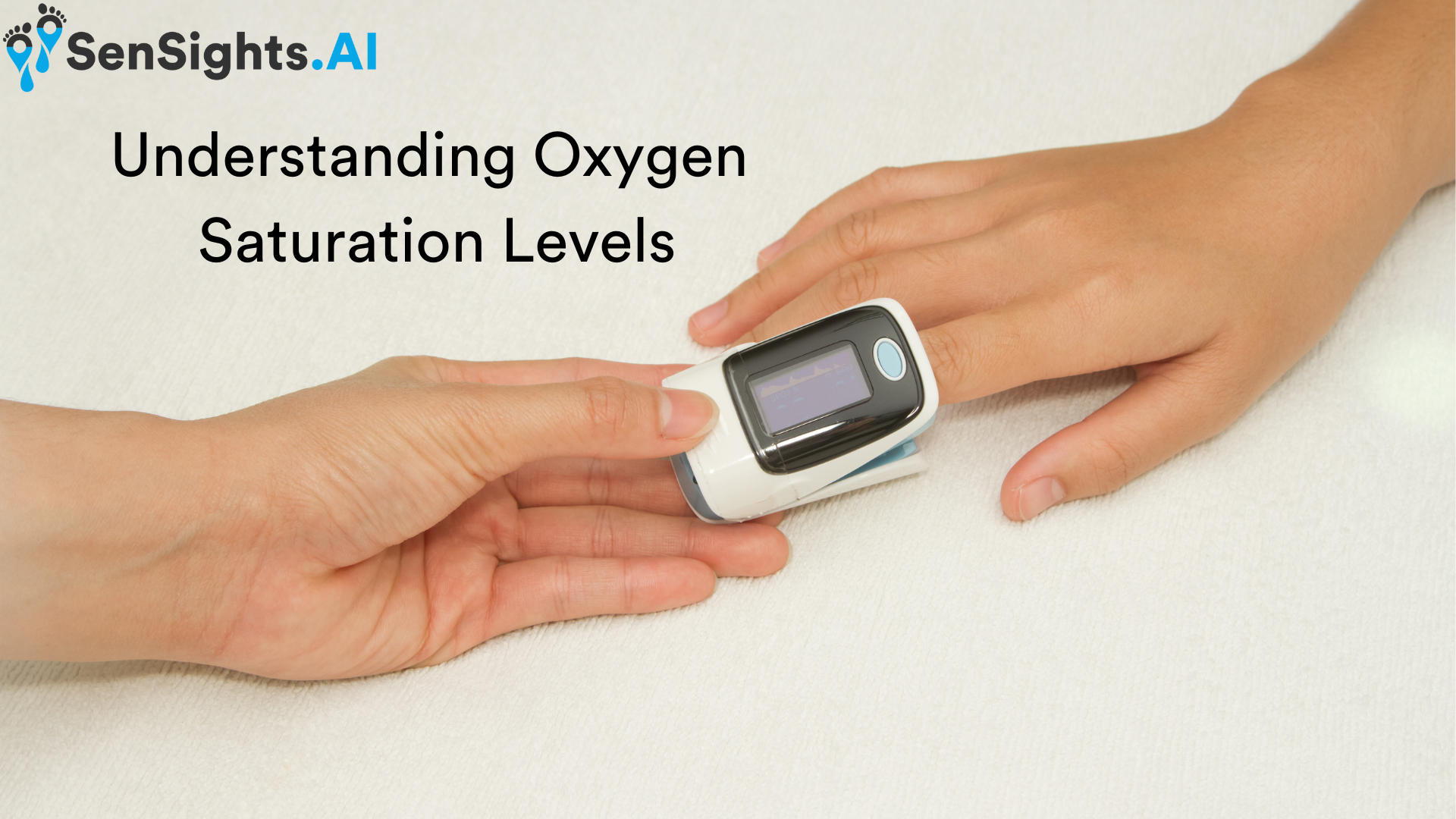A person’s oxygen saturation levels are an important sign of their respiratory health. The amount of oxygen in the blood is determined by oxygen saturation, or SpO2. To function effectively, the human body needs a specific amount of oxygen, and a decline in oxygen saturation levels might signify a number of health problems. For people who need to check their SpO2 levels at home, oxygen monitors are a vital piece of equipment. We’ll go over what oxygen saturation levels are in this blog post, how to use a home oxygen monitor, and when to get help from a doctor.
Oxygen Saturation: What Is It?
The amount of oxygen in the blood is gauged by its oxygen saturation. A pulse oximeter, which attaches to the fingertip and uses light to monitor blood oxygen levels, is commonly used to test it. The percentage of oxygen-carrying hemoglobin molecules in the blood is shown by the SpO2 value on a pulse oximeter.
A 95% to 100% oxygen saturation level is considered normal. It is deemed low and may mean that the body is not receiving enough oxygen if the SpO2 level drops below 90%. Breathing difficulties, exhaustion, confusion, and other symptoms can be brought on by a decrease in oxygen saturation.
A Guide to Home Oxygen Monitoring
A simple gadget called a home oxygen monitor analyses oxygen saturation levels. Most at-home oxygen monitors are lightweight and simple to operate. Some actions should be taken to utilise a home oxygen monitor:
Clean your hands thoroughly with soap and water to eliminate any oil or grime before using the device.
The majority of home oxygen monitors will automatically activate on when you place your finger inside of them. If not, adhere to the instructions given with the gadget.
Place your finger inside the device, making sure the sensor is positioned so that the tip of your fingertip touches the sensor.
A few seconds will pass while the device measures your oxygen saturation level. Then the screen will show the SpO2 reading.
Record the SpO2 reading together with the measurement’s date and time. You can monitor any variations in your oxygen saturation levels over time with the aid of this.
How to Know When to Seek Medical Help
You should get emergency medical help if your oxygen saturation level drops below 90%. Low oxygen saturation levels can be a sign of a number of medical conditions, including pneumonia and respiratory illnesses including asthma and chronic obstructive pulmonary disease (COPD). Other factors that can contribute to low oxygen levels include cardiac issues, sleep apnea, and altitude sickness.
It’s crucial to monitor additional symptoms in addition to oxygen saturation levels. Get immediate medical treatment if you are experiencing confusion, chest pain, or shortness of breath.
Conclusion
A vital indicator of respiratory health is oxygen saturation levels. SpO2 levels dropping can be an indication of a number of medical conditions, including respiratory and cardiovascular disorders. For people who need to check their oxygen saturation levels at home, home oxygen monitors are a crucial tool. You can use a home oxygen monitor to monitor your oxygen saturation levels and spot any changes that might necessitate medical treatment by following the above-described methods.

